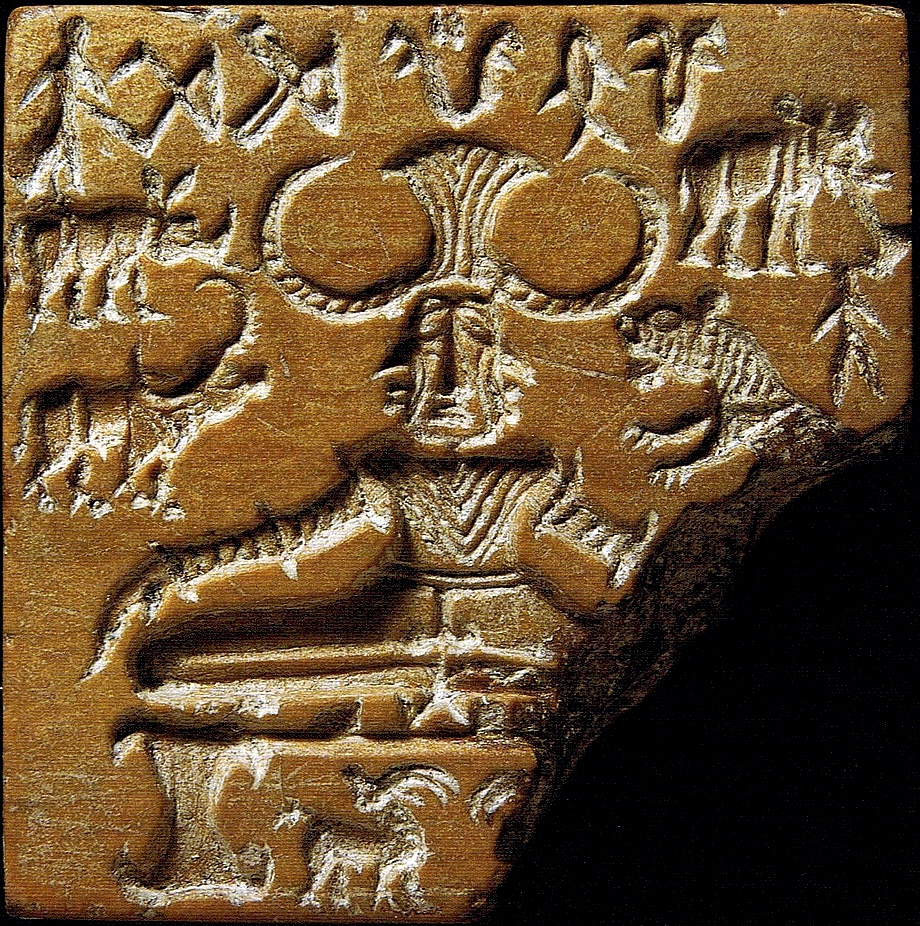Culture
The 'Evolution' Of Hindu Gods

How did the current Hindu pantheon come to be? Given below is a brief introduction to an essay on the topic by Anil Kumar Suri. Link to full essay is given at the end of the introduction.
How did Hinduism come to have the deities, cults and practices it does today? Mainstream historical scholarship, rooted in the old narrative of European Indologists, generally argues that there was a major culture shift: as the Vedic people (or “Aryans”) were expanding into the subcontinent, they came in contact with vastly numerically superior communities. To insinuate themselves with these communities and achieve domination with minimum strife, the Vedic people ended up incorporating their gods into their own (i.e., Vedic) pantheon. Numbers eventually won out, and “non-Aryan” gods like Rudra / Śiva edged out traditional Rig Vedic deities like Agni and Indra. This tilting of the balance of power is supposedly evident in the Yajur and Atharva Vedas, and, by the time of the Puranas, the latter have been irreversibly subordinated to the former. Importantly, this is what is taught in textbooks to millions of students.
This article is an attempt to critically evaluate such theories. What evidence are they based on? What are the reasons for supposing that Rudra / Śiva was not originally Vedic? Are the proponents of such theories taking all evidence into account, or are they cherry-picking what suits their pre-conceived notions? At other times, they argue that the detailed mythology of Puranic Śiva seems absent in the Vedas. Can absence of evidence mean evidence of absence? Indeed, is the evidence even absent at all, or is it probable they aren’t looking in the right places? A fundamental problem with such scholars – many Western but, bafflingly, some Indian too – seems to be their lack of basic familiarity with traditional Hindu practices. As this article tries to show, this can lead to their hypotheses being way off the mark.
Conventional scholarship believes that the Puranas represent a religion that evolved away from the Vedas, and with a substantially modified pantheon. This article takes a novel look at the purpose behind the Puranas, and their relation with the Vedas. The article combines this, together with often ignored evidence from the Vedas, as well as vital clues from actual religious practice, especially the components involving Rudra / Śiva (to use the illustrative example of one god), to see just how much Śiva may have ‘evolved’ from the 3,500 year-old “Pashupati” Seal from Mohenjodaro, to the present.
To read full essay, click here.
Support Swarajya's 50 Ground Reports Project & Sponsor A Story
Every general election Swarajya does a 50 ground reports project.
Aimed only at serious readers and those who appreciate the nuances of political undercurrents, the project provides a sense of India's electoral landscape. As you know, these reports are produced after considerable investment of travel, time and effort on the ground.
This time too we've kicked off the project in style and have covered over 30 constituencies already. If you're someone who appreciates such work and have enjoyed our coverage please consider sponsoring a ground report for just Rs 2999 to Rs 19,999 - it goes a long way in helping us produce more quality reportage.
You can also back this project by becoming a subscriber for as little as Rs 999 - so do click on this links and choose a plan that suits you and back us.
Click below to contribute.
Latest